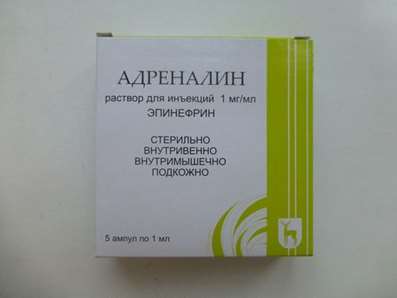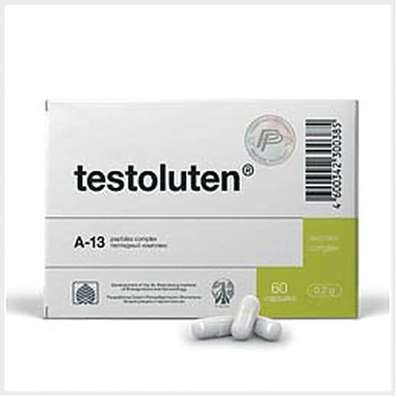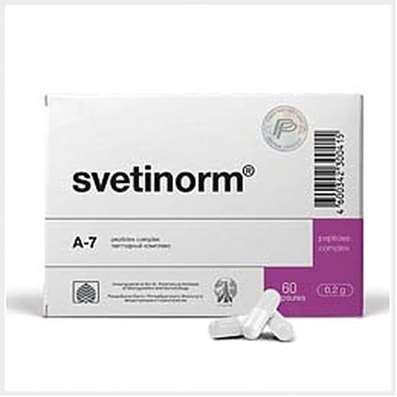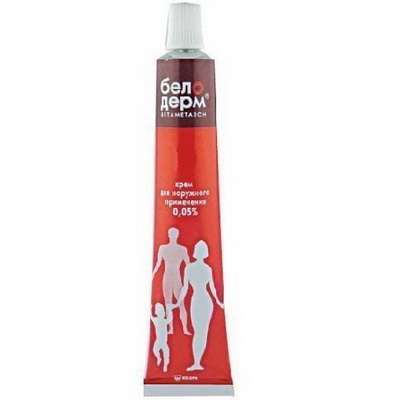Instruction for use: Maxidex
I want this, give me price
Active substance: Dexamethasone
ATX Code S01BA01 Dexamethasone
Pharmacological group
Glucocorticosteroids
Ophthalmic products
The nosological classification (ICD-10)
H01.0 Blepharitis
Blepharitis, Inflammation of the eyelids, Inflammatory diseases of the eyelids, Demodectic blepharitis, Superficial bacterial infection of the eyes, Superficial infection of the eye, Scaly blepharitis
H10 Conjunctivitis
Conjunctivitis infectious-inflammatory,Bacterial conjunctivitis, red-eye syndrome, Superficial infection of the eye, Chronic non-infectious conjunctivitis
H10.5 Blepharoconjunctivitis
Chronic Blepharoconjunctivitis, Blepharoconjunctivitis, Staphylococcal blepharoconjunctivitis
H15 Scleral Diseases
H16 Keratitis
Adenoviral keratitis, Bacterial keratitis, Spring keratitis, Deep keratitis without epithelial damage, Discoid keratitis, Dendritic keratitis, Keratitis rosacea, Keratitis with destruction of the cornea, Superficial keratitis, Point keratitis, Traumatic keratitis, Superficial point keratitis
H16.2 Keratoconjunctivitis
Chronic allergic keratoconjunctivitis, Bacterial keratoconjunctivitis, Deep forms of adenovirus keratoconjunctivitis, Infectious conjunctivitis and keratoconjunctivitis caused by Chlamydia trachomatis, Acute allergic keratoconjunctivitis, Spring keratoconjunctivitis, Phlyctenular keratoconjunctivitis
H20 Iridocyclitis
recurrent iritis, sympathetic iridocyclitis, Sluggish posterior uveitis, Sluggish posterior uveitis, Posterior uveitis, the posterior segment of the eye Iridocyclitis, Iridocyclitis and other uveitis, Irit, Keratoiridotsiklit, Acute iritis, uveitis, cycle of Acute iridocyclitis, Acute non-infectious uveitis
H59 Disorders of the eye and adnexa after medical procedures
Condition following surgery on the eyeball, Condition after plastic surgery of the eyelids, Condition after surgery on the cornea, Condition after surgical eye operations, The narrowing of the pupil after instillation mydriatics
S05 Injury of the eye and orbit
Wounds of the eye penetrating, Non-penetrating wound of the eyeball, Superficial injury of the cornea, Post-traumatic keratopathy, Post-traumatic central retinal dystrophy, Penetrating wound of the cornea, Condition after eye injuries, Condition after eyeball injuries, Penetrating corneal wounds, Injuries to eye tissues, Injuries to the cornea, Injury of anterior part of eye
T26 Thermal and chemical burns, limited to the area of the eye and its adnexa
Condition after thermal conjunctival burns, Condition after thermal burns of the cornea, Aseptic eye burn, Eye Burn, Thermal eye burns, Thermal damage to the cornea, Corneal burn, Irradiated eye burn, Chemical eye burn, Chemical burn of the cornea, Chemical damage of the cornea, Thermal burns of the conjunctiva, Thermal burns of the cornea, Thermal eye burn, Condition after surgical burns of conjunctiva, Condition after surgical burns of the cornea
Composition and form of release
Eye drops 1 ml
Dexamethasone 1 mg
Auxiliary substances: hydroxypropylmethylcellulose - 0.5%; Distilled water
Preservative: benzalkonium chloride - 0.01%
In bottles-droppers (with the dispensing device "Drop Tainer ™") to 5 ml.
Ointment eye 1 g
Dexamethasone 1 mg
Auxiliary substances: petrolatum white, lanolin anhydrous liquid
Preservatives: methylparaben 0.05%, propyl paraben 0.01%
In tubes of 3.5 g; In the box 1 tuba.
pharmachologic effect
Pharmacological action - anti-inflammatory, antiallergic, glucocorticoid.
Pharmacodynamics
Dexamethasone - GCS (glucocorticosteroids), does not have mineralocorticoid activity. Has a pronounced anti-inflammatory, antiallergic and desensitizing effect. Dexamethasone actively suppresses inflammatory processes, inhibiting the eosinophilic ejection of inflammatory mediators, the migration of mast cells and reducing the permeability of capillaries.
Indications
Allergic blepharitis, conjunctivitis, keratoconjunctivitis;
Acute and chronic iritis, iridocyclitis;
Prevention and treatment of inflammatory phenomena in the postoperative period;
Thermal and chemical burn (after complete epithelialization of corneal defects).
Contraindications
Hypersensitivity to any of the components of the drug;
Keratitis caused by herpes simplex (dendritic keratitis);
Varicella and other viral diseases of the cornea and conjunctiva;
Mycobacterial infections of the eyes;
Fungal diseases of the eyes;
Acute purulent eye diseases.
At the moment, the safety and effectiveness of the drug for children are not established.
pregnancy and lactation
During pregnancy, the drug should be given only in cases where the effectiveness of treatment justifies the possible risk to the fetus. For the period of breastfeeding, discontinue drug treatment.
Application in pediatrics. At the moment, the safety and effectiveness of the drug in children is not established.
Side effects
With long-term use of steroid drugs, an increase in IOP (intraocular pressure) can be observed with the possible subsequent development of glaucoma, resulting in the development of characteristic lesions of the optic nerve and changes in the visual field (therefore, when using preparations containing corticosteroids, IOP should be regularly measured for more than 10 days); Formation of posterior subcapsular cataract; Slowing down the process of wound healing (with diseases that cause thinning of the cornea or sclera, the perforation of the fibrous membrane may be possible with topical application of steroid preparations).
Secondary infection
After the use of drugs containing glucocorticosteroids in combination with antibiotics, a secondary infection may develop. Secondary bacterial infection can occur as a consequence of suppression of the protective reaction of the patient's body. In acute purulent diseases, the eyes of the SCS can mask or strengthen the existing infectious process.
Fungal infection of the cornea tends to occur especially often with prolonged use of steroids. The appearance of non-healing ulcers on the cornea after prolonged treatment with steroid preparations may indicate the development of fungal infestation.
Dosing and Administration
In the conjunctival sac.
Eye drops: 1-2 drops of solution to be instilled every 3-6 hours or as recommended by a doctor. Before use, the vial with drops should be shaken.
Ophthalmic ointment: a strip of ointment 1-1.5 cm long should be placed in the lower eyelid 2-3 times a day.
You can combine the use of ointment and eye drops: ointment - in the evening before going to bed, and eye drops during the day.
special instructions
The drug should not be used for injection.
Information for patients
When using drops, do not touch the tip of the pipette with any surface to prevent bacteria from entering the vial.
Do not wear contact lenses during treatment.
Before use, shake the bottle.
Storage Conditions
At a temperature of 8-25 ° C.
Keep out of the reach of children.
Shelf life
Ointment eye 0.1% - 4 years.
Eye drops 0.1% - 3 years.
Do not use after the expiry date printed on the package.

 Cart
Cart





